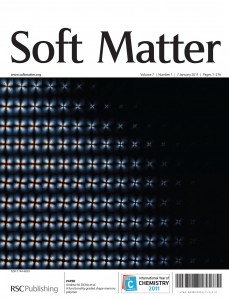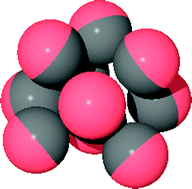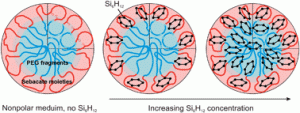The way that we digest fat could be controlled by food design, providing potential health benefits, according to scientists from Australia.
Fat is an essential part of our diet, but too much of it can lead to problems such as heart disease and obesity. The digestion of fat is also involved in triggering the hormone signals that tell us whether or not we are full. Reducing fat intake in meals is often negated by overeating, so designing food that controls fat absorption is of great interest.

Micrographs showing structural changes occurring in the emulsion immediately after preparation (left), 30 minutes after incubation at pH 1.9 in simulated gastric fluid (middle) and 30 minutes after subsequent incubation at pH 6.8 in simulated intestinal fluid
Researchers at the Commonwealth Scientific and Industrial Research Organisation (CSIRO) Food and Nutritional Sciences designed fat emulsions using different surfactants, including protein, phospholipids and common food additives, and monitored how their structures changed during simulated digestion. They also gave the emulsions in a drink form to healthy volunteers and monitored blood triglyceride levels, which give an indication of how the fat is being digested by the body.
To view the full Chemistry World article, please click here: Designer foods
Link to journal article
Impact of gastric structuring on the lipolysis of emulsified lipids
Matt Golding, Tim J. Wooster, Li Day, Mi Xu, Leif Lundin, Jennifer Keogh and Peter Clifton, Soft Matter, 2011
DOI: 10.1039/c0sm01227k











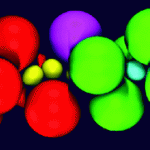
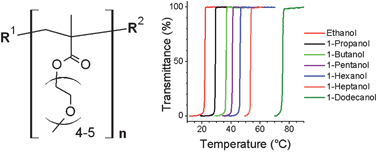
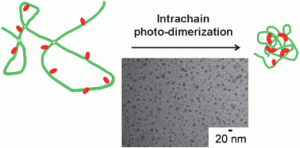
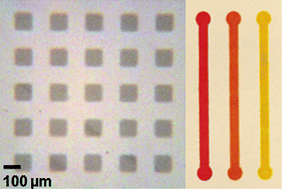
 Deformation induced pattern transformation in a soft granular crystal
Deformation induced pattern transformation in a soft granular crystal